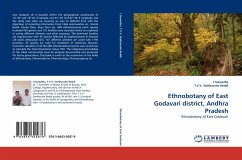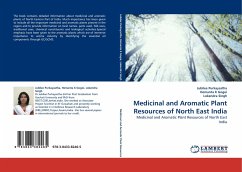Special Areas of Conservation (SACs) are established under the European Union Habitats Directive (92/43/EEC). Article 3 of the Habitats Directive requires the establishment of a European network of important high-quality strictly protected sites. Alluvial forests, mixed beech - fir forests, spring fens, depression on pest substrates, tall-herb floodplain, calcareous rocky slopes are those habitat types considered to be most in need of conservation at a European level. Listed are bryophytes of following SACs: Brekov Castle Hill, Humenne Sokol Hill, Upper flow of the Výrava rivulet, minerotrophic fen Lázky, wet meadows Hostovické lúky. The prevailing ecosystems are defined and the most important ecosystem for the occurrence of bryophytes also. Areal types are characterized and habitats they prefer. The threat to Special Areas of Conservation is being discussed. The provided analysis should help shed some light on this poorly bryologically investigated area, clarify exciting environmental relationships and would be especially useful for professionals in the nature conservation, bryologists and will certainly be useful for college students.
Bitte wählen Sie Ihr Anliegen aus.
Rechnungen
Retourenschein anfordern
Bestellstatus
Storno








